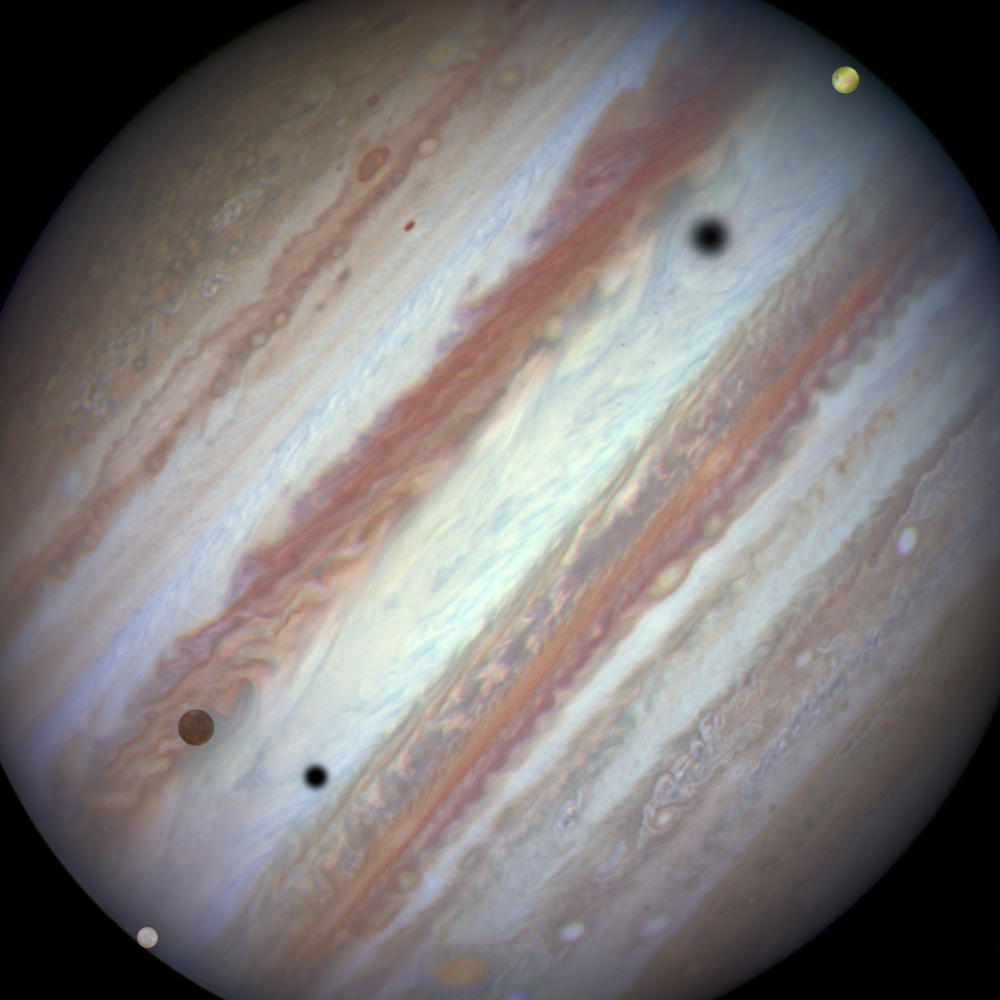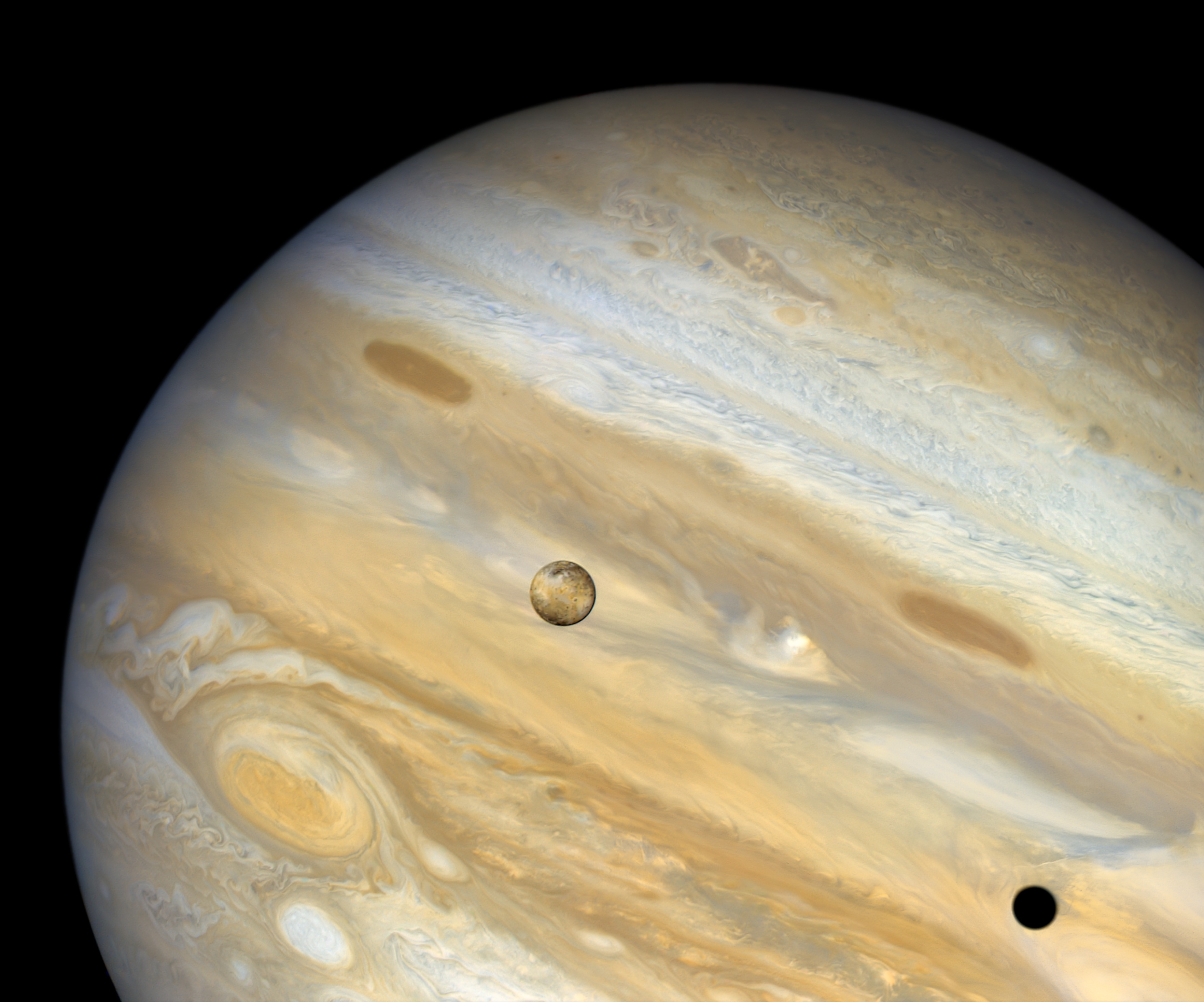
They encouraged me to created a blog called “Astronomy for Minds of the Curious” to share Instagram posts and provide fun facts every week so I could expand expand my reach and find more people interested in astronomy. They helped me enroll in a computer science class in a local university, as coding is heavily used in astrophysical research. They saw my passion and grit for learning astronomy, and instead of discouraging my atypical interest, they encouraged it. Which meant, my friends and I didn’t have much to talk about.įortunately, my parents recognized how excited I was to share information about outer space and appreciated the sparkling glint in my eyes whenever I’d find a star in the sky. In the end, I came back to astronomy every time. I tried studying biology for a few days, but I never understood it. I thought studying psychology might be interesting, but it turns out it wasn’t. Not having a mutual interest made me feel disconnected from them. The problem was, they preferred talking about subjects like biology or business, which were subjects I didn’t care much about. I loved outer space so much, I wanted to share fun facts about it with my friends. I read articles online, watched YouTube videos, and even visited observatories to stargaze. I learned more about pulsars, quasars, white dwarfs, brown dwarfs, Magellanic Clouds, and supermassive black holes. In my teenage years, I dug deeper into astronomy. When I was just six years old, I became fascinated by NASA’s “picture of the day.” Colorful nebulae, sparkling stars, spiraling galaxies, and swirling clouds on Jupiter stole my breath away. None of those options appeal to me, though, and sometimes I feel like I don’t fit in with my friends and my society because the career path I want is unusual.
#Nasa picture of the day jupiter software
NASA released an amazing gallery of photos of Jupiter taken by Juno, showing the large planet's swirling atmosphere and two mysterious streaks.In my Indian culture, families expect their children to pursue careers in healthcare, computer science, law, or software engineering. If you're interested in seeing more finish photos or taking a stab at your own post-production, check out NASA's dedicated Juno website. Processed by Eichstädt and Seán Doran, another regular contributor, it shows a closeup detail of Jupiter's swirling clouds. In fact, another photo taken during perijove 25 is equally as stunning. Citizen scientist Gerald Eichstädt, who worked on this image, regularly contributes and his excellent work helps transform the RAW images into visually pleasing work for the public. NASA publishes these photos regularly and allows the public to process them and post them back to NASA. This photograph is one of many images processed from RAW data by the JunoCam. Some researchers believe that these jet streams could influence the formation of the haze.


In this photograph, the lines are flanked by two jet streams in Jupiter's atmosphere. NASA describes them as “layers of haze particles that float above the underlying cloud features.” Though scientists aren't exactly sure, their location may give us insight into what they're made of and how they form.

What are these stripes? Researchers have noticed these bands since Juno's first close flyby in 2016.


 0 kommentar(er)
0 kommentar(er)
